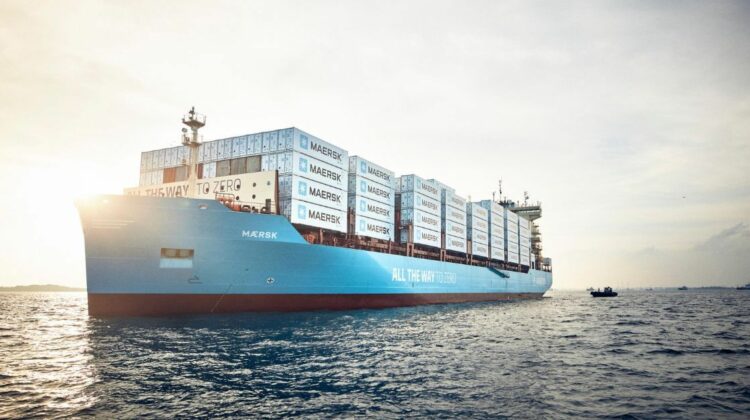
Maersk says Red Sea disruption could cut Asia-Europe capacity by 20%
COPENHAGEN : Disruption to Red Sea container shipping is rising, Maersk said on Monday, forecasting this will cut the industry’s capacity between Asia and Europe by up to 20% in the second quarter.
Maersk and other shipping companies have diverted vessels around Africa’s Cape of Good Hope since December to avoid attacks by Iran-aligned Houthi militants in the Red Sea, with the longer voyage times pushing freight rates higher.
The situation also affects India as ships that start from Far East or China and heads to Europe or the Mediterranean and vice versa, transit via the transshipment ports of Singapore and Colombo, which are used by shippers in India. Containerised cargo from India is sent by smaller ships to these transshipment ports where they are carried on board ‘mother’ ships to destinations in Europe or UK or to the Far East.
Maersk, which has a large presence in India, said that effects of the situation in the Red Sea are widening and continuing to cause industry-wide disruptions. We are developing solutions with the goal of offering our customers greater reliability for their supply chains.
“The complexity of the situation in the Red Sea has intensified over the last few months. To safeguard our crew, vessels, and your cargo, we are rerouting around the Cape of Good Hope for the foreseeable future. However, the risk zone has expanded, and attacks are reaching further offshore. This has forced our vessels to lengthen their journey further, resulting in additional time and costs to get your cargo to its destination for the time being,” the line said.
The knock-on effects of the situation have included bottlenecks and vessel bunching, as well as delays and equipment and capacity shortages. We estimate an industry-wide capacity loss of 15-20 per cent on the Far East to North Europe and Mediterranean market during Q2.
Maersk said that to boost reliability, including sailing faster and adding capacity, it has added additional capacity where possible, in line with customers’ needs. So far, the line has leased more than 1,25,000 additional containers.
“You will see relevant surcharges on your latest invoices. These are to offset the costs of the longer journeys, increased sailing speed, and additional fuel costs. For example, we are currently using 40 per cent more fuel per journey and charter rates are currently three times higher, often fixed for five years,” the line said.
While Maersk reduced the Peak Season Surcharge (PSS) recently, it has been increased again to help cover the additional costs outlined above. “We will continue to review the surcharges regularly and will keep you up to date of any changes,” the line said.
A leather exporter said the surcharges have been increasing every month since the Red Sea crisis started in October 2023. The freight rate has more than doubled from India to destinations in Europe and the US, he said.
